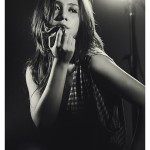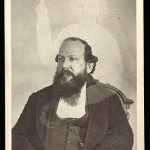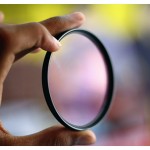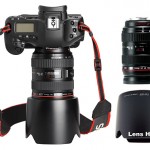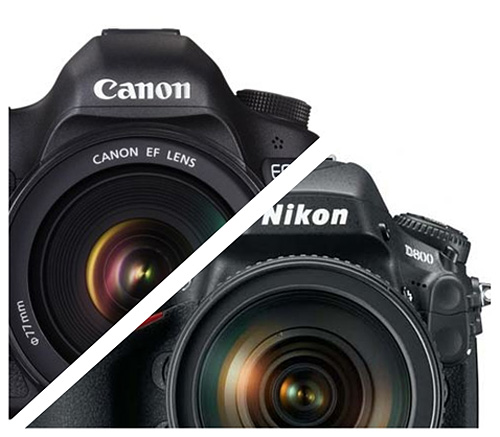
The day we’ve all been waiting for is finally here! The Canon 5D Mark III has officially been launched. This is a professional grade DSLR designed for professionals and amateur photographers dreaming of a light-weight high-quality camera.
The Canon 5D Mark III will go head to head with the recently-launched Nikon D800 in the market. At a quick glance, the 5D Mark III is a formidable opponent for the Nikon D800. This year, Canon emphasizes on speed and photo quality instead of the photo resolution. Nikon decides on emphasizing its photo size and sharpness.
Three to four years ago, Nikon launched Nikon D700 a product that focused on the speed and quality of photograph for low-light environments. But then, due to its mere 12 MP size, many Nikon consumers demanded a camera with bigger resolutions. And the D800 is Nikon’s answer. The Nikon D800 is equipped with a whopping 38 Megapixel resolution, three times that of the Nikon D700.
On the other hand, the Canon 5D Mark II has a 21 MP resolution, suitable for extra large prints. But the Canon 5D Mark II lacked high speeds and was a bit disappointing when shot in high ISOs (more than 1600). Today, Canon’s remedy for the 5D Mark II’s flaws is in the launch of the 5D Mark III. This DSLR is better than the Mark II, in both speeds and photo quality.
I think Canon’s improvements in their new product is better than Nikon’s, because the 5D Mark III’s features are more balanced and versatile. The 5D Mark III is suitable for any type of photography; may it be photojournalism, travel, portraits, models, landscape, and any other.
While the Nikon D800 is more limited to people whose main goal is to produce the largest photo possible on a DSLR. This camera is customized for a more specific type of photography, that’s mainly concerned of extra large print sizes or capturing the most amount of details. The types of photography that demands such high resolution results are commercial photography and
Superiorities of the Canon 5D Mark III
– Has a faster 6 photos per second speed, whereas the D800 records at a speed of 4 photos per second.
– High rage of ISO of between 100 to 25,600. The D800’s is 100 to 6400.
– A slightly larger LCD screen of 3.2 inches with a resolution of 1 million points.
– 61 focus points (41 of which are the more sensitive cross-type. The D800’s 51 focus points has 15 cross-type points.
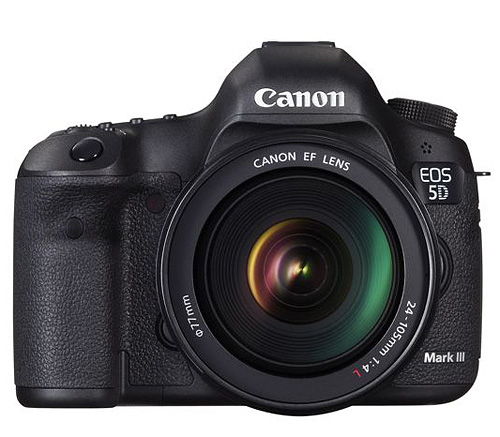
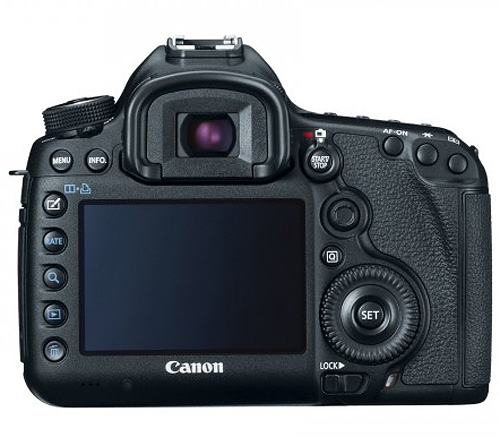
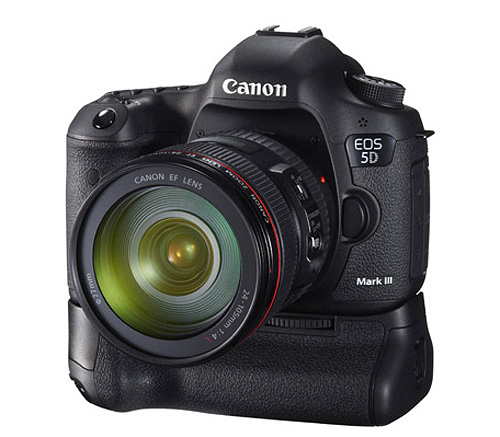
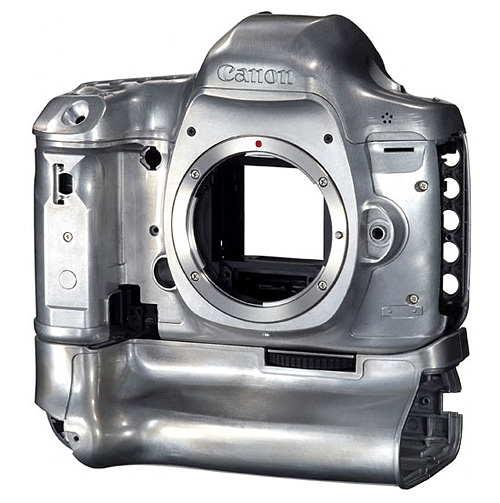
Superiorities of the Nikon D800
– A larger resolutions of 36 MP compared to 5D’s 22 MP.
– Compatible with Nikon’s DX lenses (Produces 15.5 MP photographs with it).
– More durable shutter ( 200,000 snaps, compared to Mark III’s 150,000).
– Has a built-in flash.
– 400 to 500 USD cheaper than the 5D Mark III.
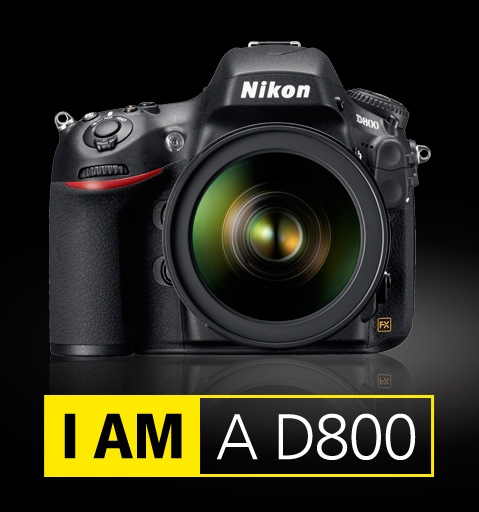
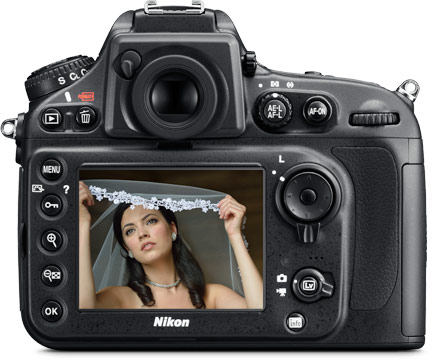
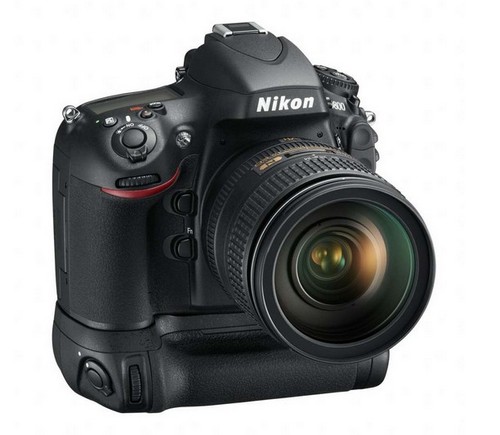
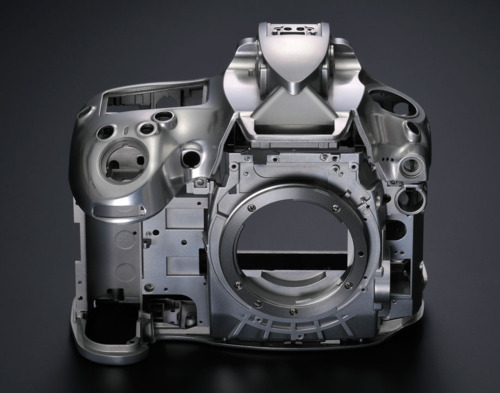
Similarities of the Nikon D800 and EOS 5D mark III
– A full-frame view.
– Equipped with HDR Processors.
– Water and dust resistant.
– Two slots for two types of memory cards (CF and SD cards).
– Can record in HD video, with a fairly long duration (30 minutes).
– The dimensions of the DSLR body are almost the same size.
The good news is, the Nikon D700 and the Canon 5D Mark II will then be on sale, an it’s now the best opportunity to purchase these older models. The new D800 and 5D Mark III will be available on the market within a month, but the older models are still great cameras.
